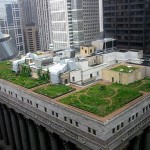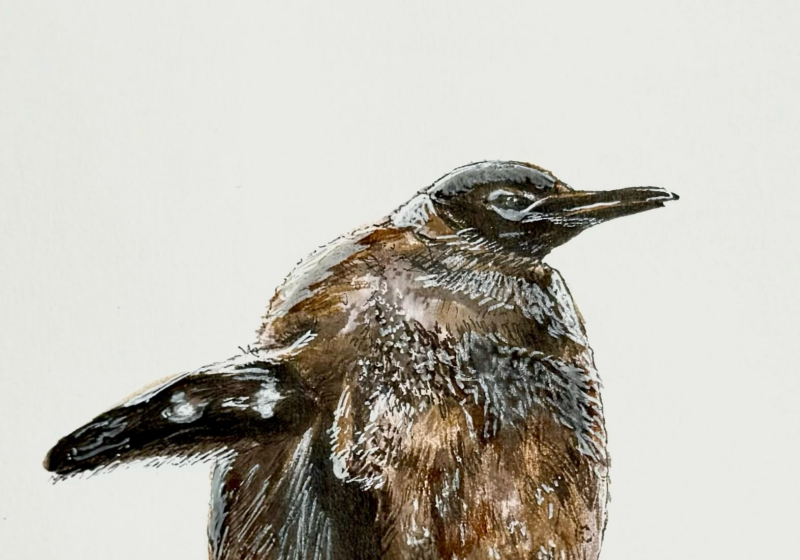
Imagine stepping onto the roof of a building in a city and, instead of seeing asphalt or concrete, you see plants streaming across the roof. Usually, when you go to a rooftop in a major city, such as New York or Chicago, it is to see the skyline view. On a green roof, you stand on the view, amidst grass and flowers.Across the whole world, architects, builders and city planners have turned to green roofs not only for their beauty but also for their practical benefits.
Green roofs demonstrate how natural biological systems can be a moderating force. During the summer period, a dense concentration of conventional building roofs (asphalt or concrete) in cities contributes to the urban heat-island effect — the tendency of cities to be warmer than their surroundings. On green roofs, the soil and vegetation act as insulation, lowering the cooling and heating costs in the buildings below them by as much as 20 percent.
They also can significantly increase the lifespan of a roof. There are over 20 green roofs at Frankfurt International Airport in Germany. These green roofs not only help muffle noise from planes, but also have doubled the lifespan of the roof structures concealed beneath the plants. Green roofs protect exterior roof membranes from damage caused by ultraviolet radiation and extreme temperature fluctuations. Green roofs can also increase the real estate value of a building. Accountants at Vancouver’s Fairmont Waterfront hotel say the roof garden produces fruits, vegetables, herbs, and honey worth about $16,000 annually.
Furthermore, demand for green roof installations would help create related market and job sectors. This ranges from component suppliers, engineers, architects, landscapers and ecologists to laborers and maintenance personnel.
Another major benefit of green roofs involves stormwater runoff. A green roof absorbs and filters water, slows it down and even stores some of it for later use. That ultimately helps reduce the threat of sewer overflow, extends the life of a city’s drain system and returns a cleaner water supply to the surrounding watershed.
Green roofs can help to restore natural habitats. Species ranging from ants and spiders to crows have taken up occupancy on green roofs. In Zürich, Switzerland, the green roof of a water-filtration system serves as a refuge for nine species of native orchids.
Cities are not the antithesis of nature. As nature becomes more urbanized with the continued development of cities in the 21st-century, these two must be integrated. As International Green Roof Association director Wolfgang Ansel explains: “If we steal the ground for a building, we can give it back to nature on the roof.”




